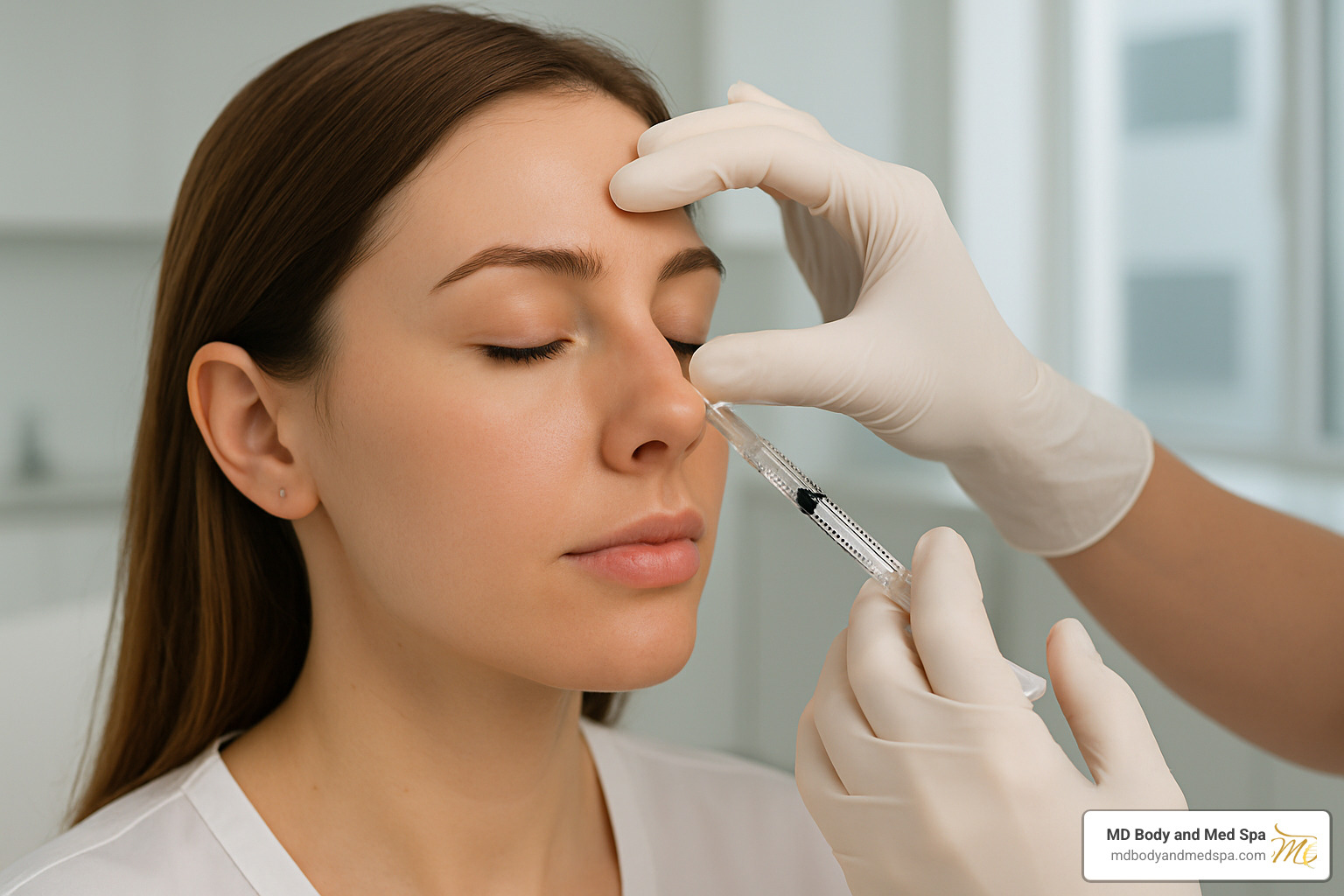Botox is an injectable treatment that blocks nerve signals to targeted muscles. It is used on areas such as the forehead, crow’s feet, and frown lines. People choose it to soften movement, manage lines, and support a smoother look without surgery. If you are planning a schedule, sessions are brief, results develop over days, and effects fade on a predictable timeline. Here’s what to expect, allowing you to plan your visits with clarity:
Treatments Take Minutes
A typical appointment may last only minutes, and the injection process itself might take less time than the consultation. You may review goals and medical history, then proceed to the mapped injection points marked by your provider. Because dosing varies by area, session length depends on the number of areas treated. Afterward, most people return to their regular activities on the same day. At the same time, post-treatment guidance typically includes keeping your head upright for several hours and avoiding strenuous exercise until the next day. Quick sessions make it easier to fit Botox into a workday, though setup, consent, and aftercare instructions add a few minutes to the visit.
Two Weeks to See Results
While some changes may be noticeable within days, their effects typically become fully apparent within about two weeks. This timeline illustrates the gradual process of Botox. You may notice early softening, and the area may continue to settle through the second week. Evaluations done too early risk underestimating the outcome.
A two-week check makes dose adjustments straightforward. Minor touch-ups, when used, address asymmetries or areas showing more movement than planned. Planning social events or photos after the two-week mark helps align timing with peak effect.
Three to Four Months
Expect the effect to last approximately 3 to 4 months, although the duration may be longer, depending on factors such as metabolism, dose, and muscle strength. Larger, stronger muscles may need higher dosing to maintain a similar duration. With repeated, on-time treatments, some people notice that intervals lengthen slightly, while others maintain a steady schedule with no change. Gaps longer than four months may allow more movement to return, and shorter gaps are used when movement reappears sooner than planned. A simple planning framework involves the following:
- New to Botox: book a follow-up at two weeks, then schedule the next session at three months to avoid a full return of movement.
- Routine scheduling: schedule every 3 to 4 months; adjust by a few weeks based on how quickly movement returns.
- Event timing: aim for injections several weeks before a key date, which covers the peak effect and any fine-tuning.
Seasonal patterns also influence scheduling. Many clients schedule sessions around quarter-year routines, such as spring, mid-summer, and late fall, which helps maintain steady outcomes throughout the year.
Try Botox Treatments Today
Your next step is straightforward: map your goals, set a timeline, and book on a predictable cycle. Start with a baseline consultation, document treated areas and units, and take clear photos at day 0 and day 14 for reference. Keep notes on when movement returns, and adjust intervals by two-week increments until you find the rhythm that fits your goals and metabolism. If you have a larger treatment plan, align sessions so the peak effect lands at the right time. Contact a qualified provider to schedule your consultation and add your two-week check to your calendar.









Leave a Reply